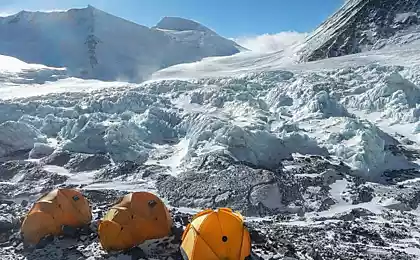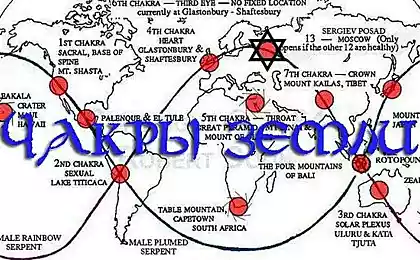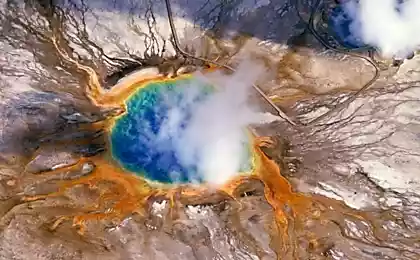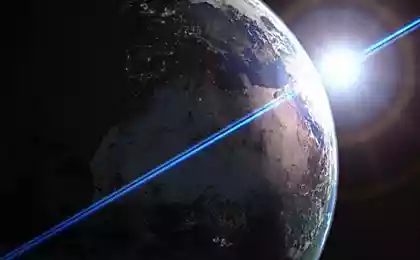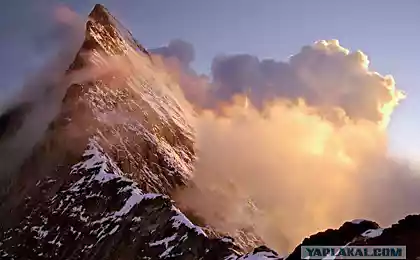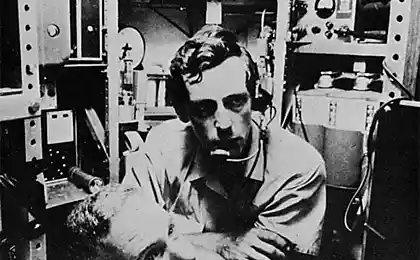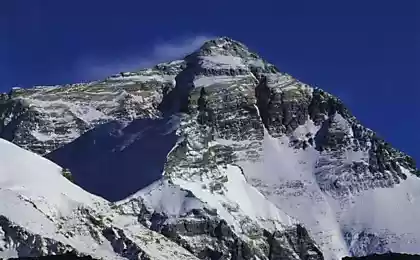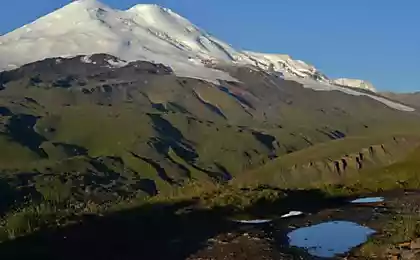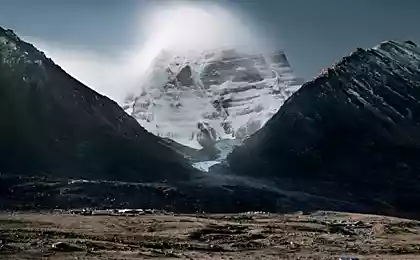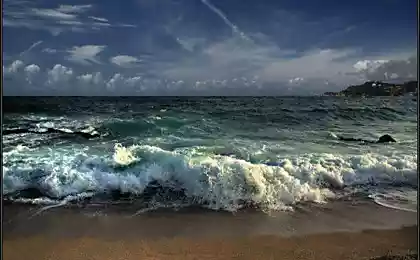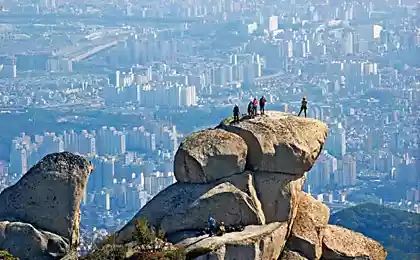1702
Top of the world. Everest (28 photos)
Nepal lucky to unusual sights. Moreover, the country is known as the birthplace of the Buddha; here is the most highest peaks of the world, 8 of the 14 "eight-thousanders". This includes, and is the highest mountain in the world - Mount Everest.
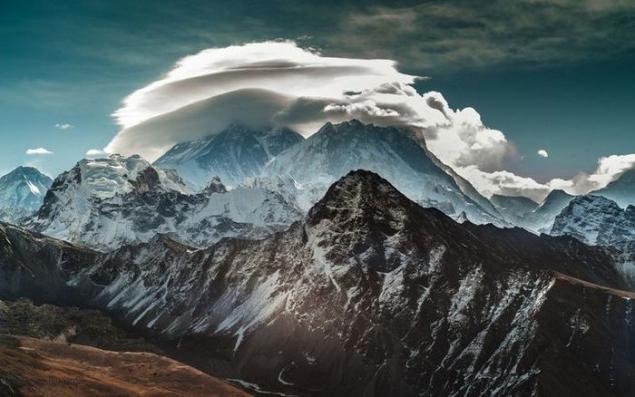
It is also known as the "Mount Everest": in Tibetan - "Mother of Divine life." An international name "Everest" was awarded the mountain in honor of the Geodetic Survey of British India, Sir George Everest, simply because it is the staff of the institution in 1852 for the first time measured the height of Chomolungma, proving that it Peak XV is the highest in the region and probably worldwide .
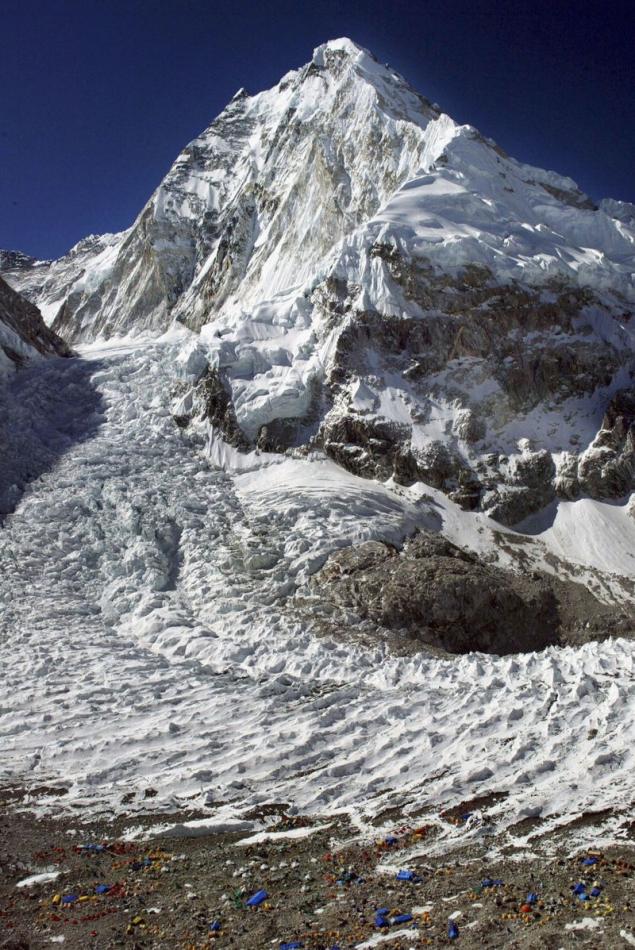
However, with the height of Everest it is not so obvious. Indian mathematician and surveyor Radhanat Sikdar (an employee of the service itself) on the basis of trigonometric calculations and is 240 kilometers from Chomolungma, but suggested that this - the highest peak in the world. Practical calculations made 4 years later, gave a figure of 29,002 feet (8840 meters), to prove the theorem.
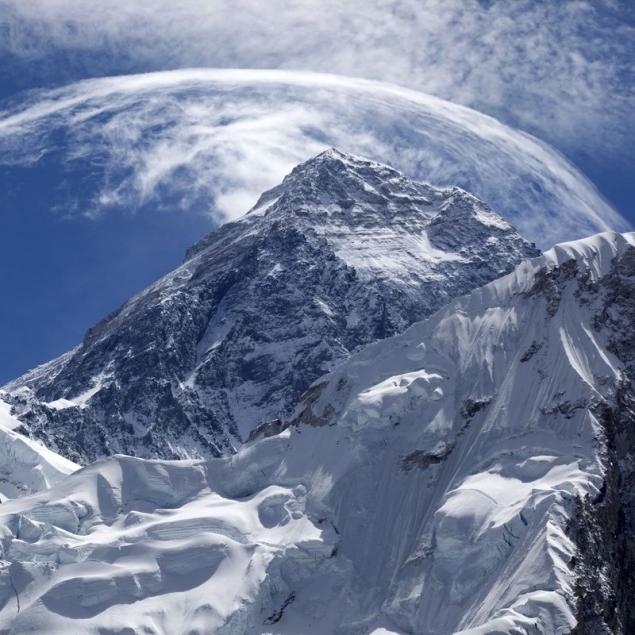
Then Everest measured repeatedly, and it is from time to time "increased" - up to 8872 meters, depending on the methods. At present, the officially recognized mark is 8,848 meters above sea level, from which four meters of snow falls on the cap.
Here, in the world of rock, snow and eternal ice, dominated by frost to minus 60 ° C, while at the top speeds of up to 200 km / h strong winds. At an altitude of 7925 meters it begins the so-called "zone of death", where only 30% concentrated oxygen. To this should be added the permanent ice landslides and avalanches - and it becomes clear why a long time no one could climb to the top. Even now, despite the progress, and all kinds of technology, recovery took an average of two months, as it is done in phases: the installation of camps for acclimatization.

Another difficulty in the conquest of Chomolungma was that the mountain lies on the border of Nepal and China (Tibet). From time to time Nepal, China, and even at the same time both countries, were closed to foreigners. Anyway, it made the first ascent May 29, 1953 Sherpa Tenzing Norgeem and New Zealander Edmund Hillary, a series of setbacks after numerous previous expeditions.

The mountain has several names. The most common is the Everest, Mount assigned after Englishman John Everest, who led the Geodetic Survey of British India from 1830 to 1843. In Tibet, the top is called Chomolungma, which means "divine." In Nepal, also stuck the name Sagarmatha, meaning "Mother of the Gods».
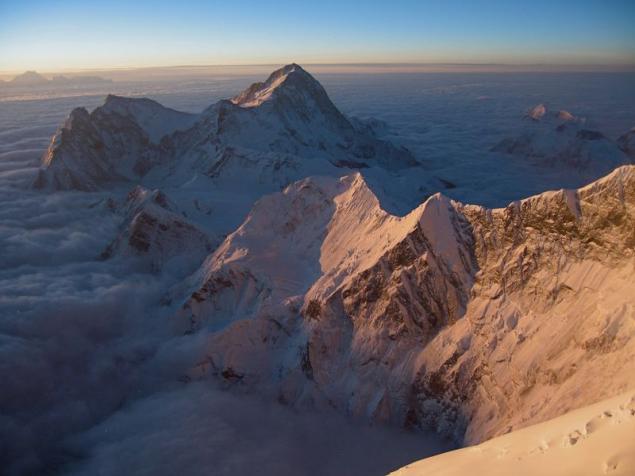
Total so far conquered Mount Everest about 4,000 people - it's about people who got to the top. Count the number of tourists with their shorter tours are not possible. Many of those who reached the same "roof of the world", put different kind of records. This ascent without oxygen tanks, and stay without oxygen for almost a day, and descents from Everest on skis ... In 2001, climbed to the top of Mount Everest blind American Eric Weihenmayer, in 2006 - Mark Inglis, a climber with two amputated legs. And the first woman conquered Everest, in 1976 became the Japanese Junko Tabey.
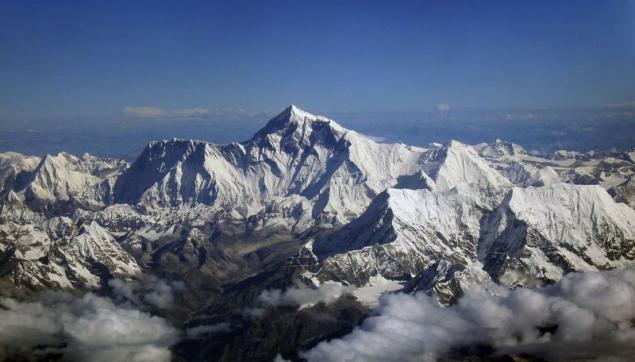
Expedition Everest planned Englishmen still in 1893, but in consequence of various reasons, the campaign was postponed year after year. Only in 1921 it was equipped first group. Start was taken from Darjeeling. The aim of the expedition was the exploration of ways to climb on the northern slope. In subsequent years, the British have repeatedly attempted to conquer the main peak of the world, but the weather conditions and the lack of experience in the ascent did not allow them to conquer Everest. The result of these efforts was only the deaths of several people on the mountain remained impregnable ...
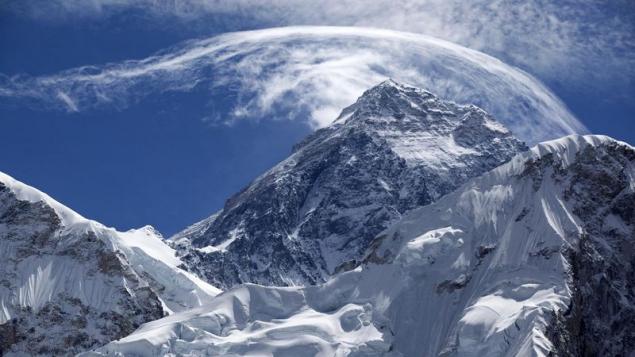
The desire to conquer the "divine", after a number of such unsuccessful campaigns, was repulsed by the British for a long time, and only after the Second World War, people again turned his gaze to the top of the unruly mountains. Again, it was carried out a number of preliminary expeditions, whose purpose was to deliver equipment to the slopes of Mount Everest. They were preparing to leap the main group. And May 29, 1953 Norgem Tenzing and Edmund Hillary reached the summit of the world ...
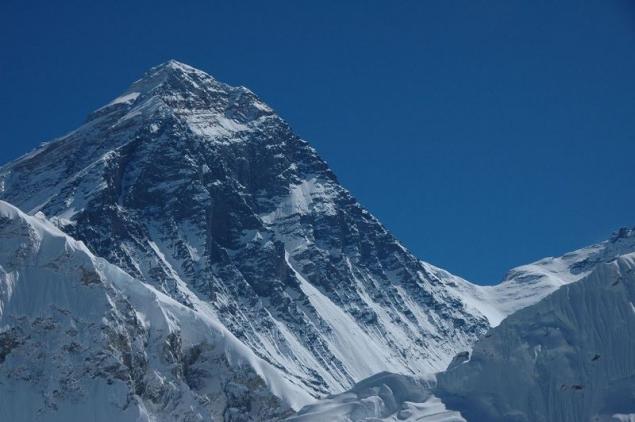
However, Everest - is, in every sense of the word, the mountain of death. Storming the height climber knows that he has a chance to return. Death can cause a lack of oxygen, heart failure, frostbite or injury. By the death of lead and fatal accidents, such as oxygen cylinder valve zemerzshego. Moreover, the path to the top is so complex that, as one of the members of the Russian Himalayan expedition Alexander Abramov, "at an altitude of 8000 meters can not afford the luxury of morality. Above 8000 meters you are fully engaged and in such extreme conditions, you do not have extra strength to help someone. " The tragedy, which occurred on Mount Everest in May 2006, shocked the world: by slowly freezes Englishman David Sharp indifferently passed 42 climbers, but no one helped him. One of the TV reporters were channel «Discovery», who tried to interview a dying man and take his picture, left alone ...
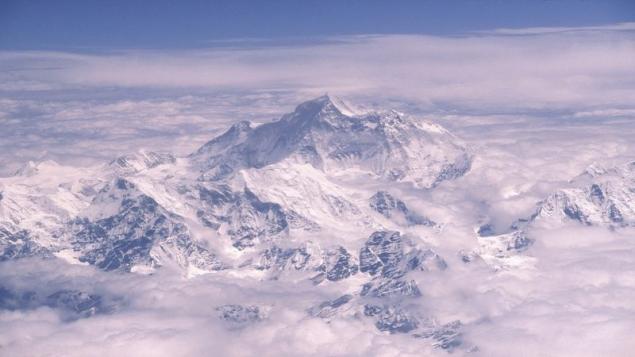
In all these years of climbing Mount Everest, killing more than 200 people, and only the body units were lowered from the top. The rest are buried meter of snow or bare winds and "meet" on the way to the top of the other climbers. These are the laws of Everest: the higher the altitude, the less remains of humanity in others. More than once it happened that a rising group could help in trouble, but to help - it means to complete the trek, give up the dream. Many people passed by, and when they came back - help is not required.

We have a song Vladimir Vysotsky "Better mountains may be just the mountains," and it's true. Exception only Qomolangma. What experiences climber who conquered the main peak in your life? The joy or disappointment, the fact that the main objective is achieved, and will continue to the mountain "smaller» ?!

Originally, the summit was not considered the highest in the world, according to the results of the first Surveying (1823-1843 years), she was brought in as the top qualifier "XV" (in the list topped Dhualagiri). It was only after the second Surveying (1845-1850 biennium), everything fell into place. In 1921 the first expedition on Everest c for exploration path of ascent from the north, from Tibet. Based on the survey data, the British-led Mallory in 1922 stormed the top, but the monsoon, snow and lack of experience in high-altitude did not give them the opportunity to climb. In 1924 - the third expedition to Dzhomolungmu.Gruppa spent the night at an altitude of 8125 m, the next day one of the participants (Norton) reached an altitude of 8527 m, but was forced to return. A few days later a second attempt was made by the assault on the north-east ridge (a bunch of Mallory, Irvine using oxygen cylinders), the climbers did not return, there is still a belief that they could be at the top of Chomolungma. Subsequent pre-war expedition to the region did not bring new results. In 1952 - Swiss expedition reached the storming of Mount Everest from the south. Twice in 1952, Lambert and Tenzing Norgay climbed above 8,000 meters, but in both cases, the weather forced them to turn. In 1953 - British expedition led by Colonel Hunt went under the Mount Everest (Chomolungma), also joined the New Zealand climbers, one of whom was E. Hillary, they had to help the English to cross the Khumbu Icefall, a part of the assault team was Sherpa included Tenzing Norgay. There is a legend that the conquest of Everest was being prepared as a gift to Queen Elizabeth II's coronation day. May 27 the first deuce - British Burdillon Evans and reached the top of the south, where the left and the oxygen tent for the next assault team. A May 29, 1953 Sherpa Tenzing Norgay and New Zealander Edmund Hillary reached the summit. May 8, 1978 R. Messner and P. Habeler made what was considered impossible - the first ascent of Everest without oxygen. Messner described his oschuschuniya: "In a state of spiritual abstraction, I no longer belonged to himself, his vision. I am no more lonely than the panting lung, floating over the mists and summits. "May 16, 1975 the first woman climbed to Mount Everest, it was Junko Tabei (Japan). The first ascent of the Soviet climbers on the highest peak of the Earth took place in May 1982. The Soviet team of 9 people climbed to the top of Mount Everest, at a very difficult, not previously traveled route on the south-west wall.


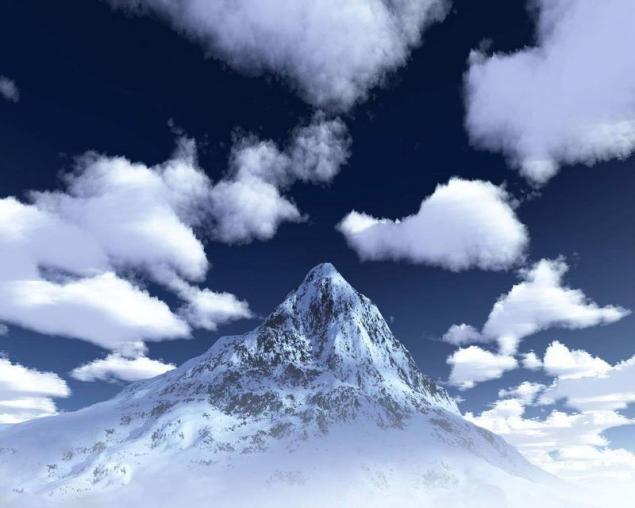

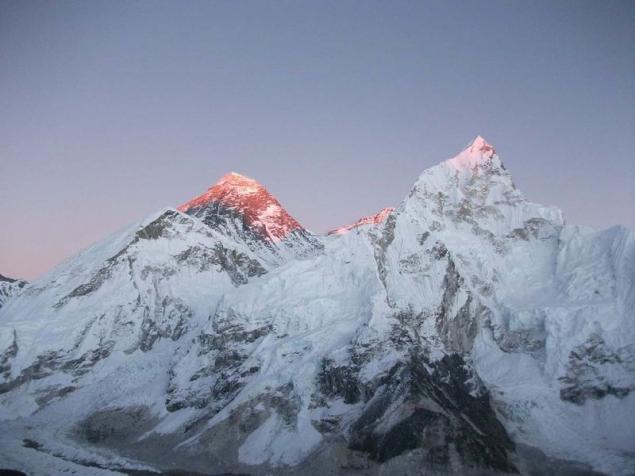
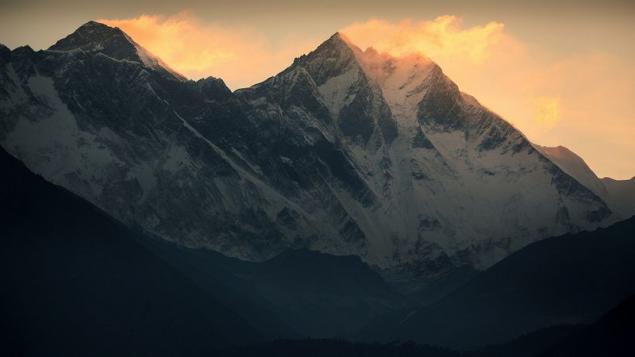
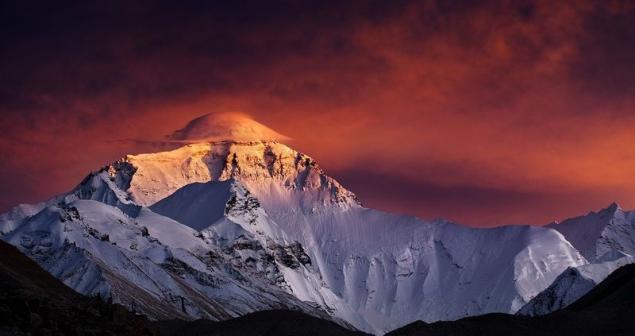

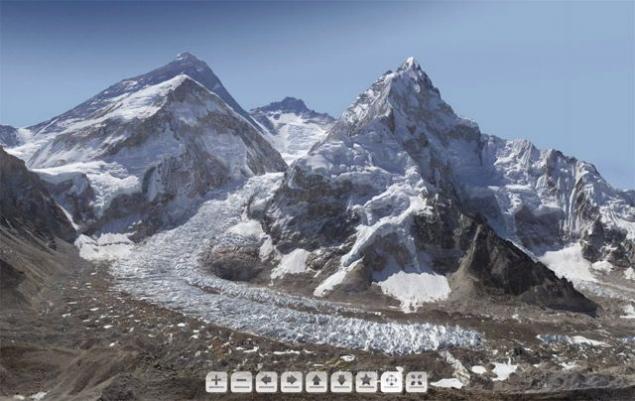

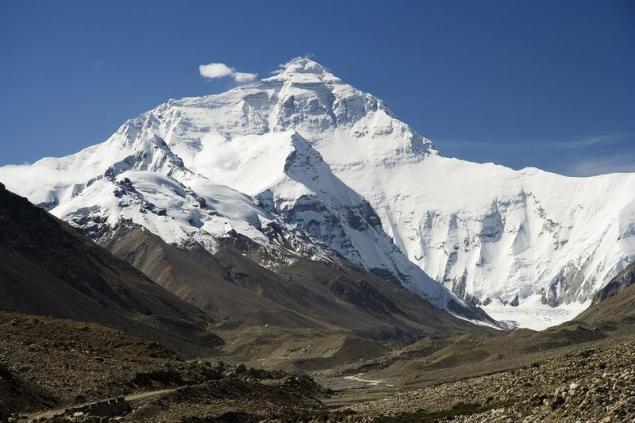


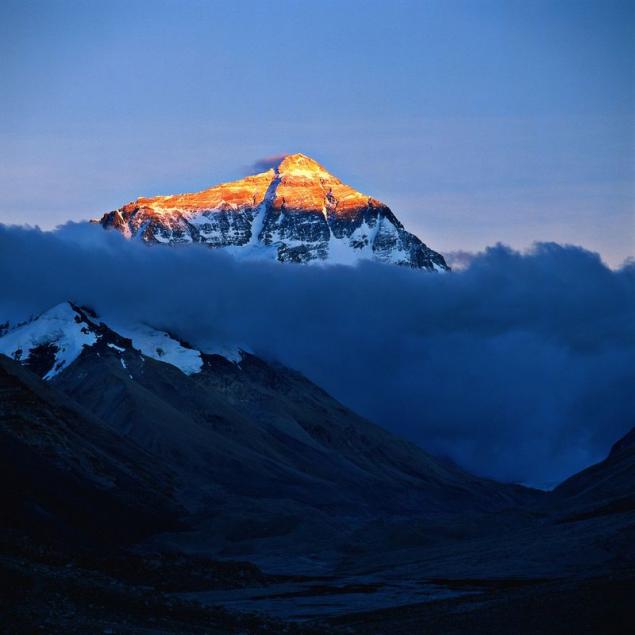
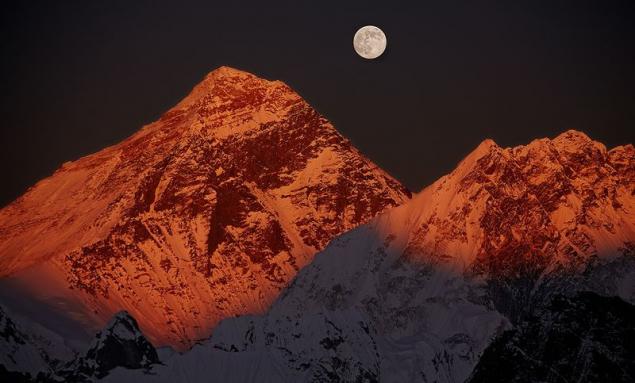

Source: masterok.livejournal.com

It is also known as the "Mount Everest": in Tibetan - "Mother of Divine life." An international name "Everest" was awarded the mountain in honor of the Geodetic Survey of British India, Sir George Everest, simply because it is the staff of the institution in 1852 for the first time measured the height of Chomolungma, proving that it Peak XV is the highest in the region and probably worldwide .

However, with the height of Everest it is not so obvious. Indian mathematician and surveyor Radhanat Sikdar (an employee of the service itself) on the basis of trigonometric calculations and is 240 kilometers from Chomolungma, but suggested that this - the highest peak in the world. Practical calculations made 4 years later, gave a figure of 29,002 feet (8840 meters), to prove the theorem.

Then Everest measured repeatedly, and it is from time to time "increased" - up to 8872 meters, depending on the methods. At present, the officially recognized mark is 8,848 meters above sea level, from which four meters of snow falls on the cap.
Here, in the world of rock, snow and eternal ice, dominated by frost to minus 60 ° C, while at the top speeds of up to 200 km / h strong winds. At an altitude of 7925 meters it begins the so-called "zone of death", where only 30% concentrated oxygen. To this should be added the permanent ice landslides and avalanches - and it becomes clear why a long time no one could climb to the top. Even now, despite the progress, and all kinds of technology, recovery took an average of two months, as it is done in phases: the installation of camps for acclimatization.

Another difficulty in the conquest of Chomolungma was that the mountain lies on the border of Nepal and China (Tibet). From time to time Nepal, China, and even at the same time both countries, were closed to foreigners. Anyway, it made the first ascent May 29, 1953 Sherpa Tenzing Norgeem and New Zealander Edmund Hillary, a series of setbacks after numerous previous expeditions.

The mountain has several names. The most common is the Everest, Mount assigned after Englishman John Everest, who led the Geodetic Survey of British India from 1830 to 1843. In Tibet, the top is called Chomolungma, which means "divine." In Nepal, also stuck the name Sagarmatha, meaning "Mother of the Gods».

Total so far conquered Mount Everest about 4,000 people - it's about people who got to the top. Count the number of tourists with their shorter tours are not possible. Many of those who reached the same "roof of the world", put different kind of records. This ascent without oxygen tanks, and stay without oxygen for almost a day, and descents from Everest on skis ... In 2001, climbed to the top of Mount Everest blind American Eric Weihenmayer, in 2006 - Mark Inglis, a climber with two amputated legs. And the first woman conquered Everest, in 1976 became the Japanese Junko Tabey.

Expedition Everest planned Englishmen still in 1893, but in consequence of various reasons, the campaign was postponed year after year. Only in 1921 it was equipped first group. Start was taken from Darjeeling. The aim of the expedition was the exploration of ways to climb on the northern slope. In subsequent years, the British have repeatedly attempted to conquer the main peak of the world, but the weather conditions and the lack of experience in the ascent did not allow them to conquer Everest. The result of these efforts was only the deaths of several people on the mountain remained impregnable ...

The desire to conquer the "divine", after a number of such unsuccessful campaigns, was repulsed by the British for a long time, and only after the Second World War, people again turned his gaze to the top of the unruly mountains. Again, it was carried out a number of preliminary expeditions, whose purpose was to deliver equipment to the slopes of Mount Everest. They were preparing to leap the main group. And May 29, 1953 Norgem Tenzing and Edmund Hillary reached the summit of the world ...

However, Everest - is, in every sense of the word, the mountain of death. Storming the height climber knows that he has a chance to return. Death can cause a lack of oxygen, heart failure, frostbite or injury. By the death of lead and fatal accidents, such as oxygen cylinder valve zemerzshego. Moreover, the path to the top is so complex that, as one of the members of the Russian Himalayan expedition Alexander Abramov, "at an altitude of 8000 meters can not afford the luxury of morality. Above 8000 meters you are fully engaged and in such extreme conditions, you do not have extra strength to help someone. " The tragedy, which occurred on Mount Everest in May 2006, shocked the world: by slowly freezes Englishman David Sharp indifferently passed 42 climbers, but no one helped him. One of the TV reporters were channel «Discovery», who tried to interview a dying man and take his picture, left alone ...

In all these years of climbing Mount Everest, killing more than 200 people, and only the body units were lowered from the top. The rest are buried meter of snow or bare winds and "meet" on the way to the top of the other climbers. These are the laws of Everest: the higher the altitude, the less remains of humanity in others. More than once it happened that a rising group could help in trouble, but to help - it means to complete the trek, give up the dream. Many people passed by, and when they came back - help is not required.

We have a song Vladimir Vysotsky "Better mountains may be just the mountains," and it's true. Exception only Qomolangma. What experiences climber who conquered the main peak in your life? The joy or disappointment, the fact that the main objective is achieved, and will continue to the mountain "smaller» ?!

Originally, the summit was not considered the highest in the world, according to the results of the first Surveying (1823-1843 years), she was brought in as the top qualifier "XV" (in the list topped Dhualagiri). It was only after the second Surveying (1845-1850 biennium), everything fell into place. In 1921 the first expedition on Everest c for exploration path of ascent from the north, from Tibet. Based on the survey data, the British-led Mallory in 1922 stormed the top, but the monsoon, snow and lack of experience in high-altitude did not give them the opportunity to climb. In 1924 - the third expedition to Dzhomolungmu.Gruppa spent the night at an altitude of 8125 m, the next day one of the participants (Norton) reached an altitude of 8527 m, but was forced to return. A few days later a second attempt was made by the assault on the north-east ridge (a bunch of Mallory, Irvine using oxygen cylinders), the climbers did not return, there is still a belief that they could be at the top of Chomolungma. Subsequent pre-war expedition to the region did not bring new results. In 1952 - Swiss expedition reached the storming of Mount Everest from the south. Twice in 1952, Lambert and Tenzing Norgay climbed above 8,000 meters, but in both cases, the weather forced them to turn. In 1953 - British expedition led by Colonel Hunt went under the Mount Everest (Chomolungma), also joined the New Zealand climbers, one of whom was E. Hillary, they had to help the English to cross the Khumbu Icefall, a part of the assault team was Sherpa included Tenzing Norgay. There is a legend that the conquest of Everest was being prepared as a gift to Queen Elizabeth II's coronation day. May 27 the first deuce - British Burdillon Evans and reached the top of the south, where the left and the oxygen tent for the next assault team. A May 29, 1953 Sherpa Tenzing Norgay and New Zealander Edmund Hillary reached the summit. May 8, 1978 R. Messner and P. Habeler made what was considered impossible - the first ascent of Everest without oxygen. Messner described his oschuschuniya: "In a state of spiritual abstraction, I no longer belonged to himself, his vision. I am no more lonely than the panting lung, floating over the mists and summits. "May 16, 1975 the first woman climbed to Mount Everest, it was Junko Tabei (Japan). The first ascent of the Soviet climbers on the highest peak of the Earth took place in May 1982. The Soviet team of 9 people climbed to the top of Mount Everest, at a very difficult, not previously traveled route on the south-west wall.
















Source: masterok.livejournal.com


